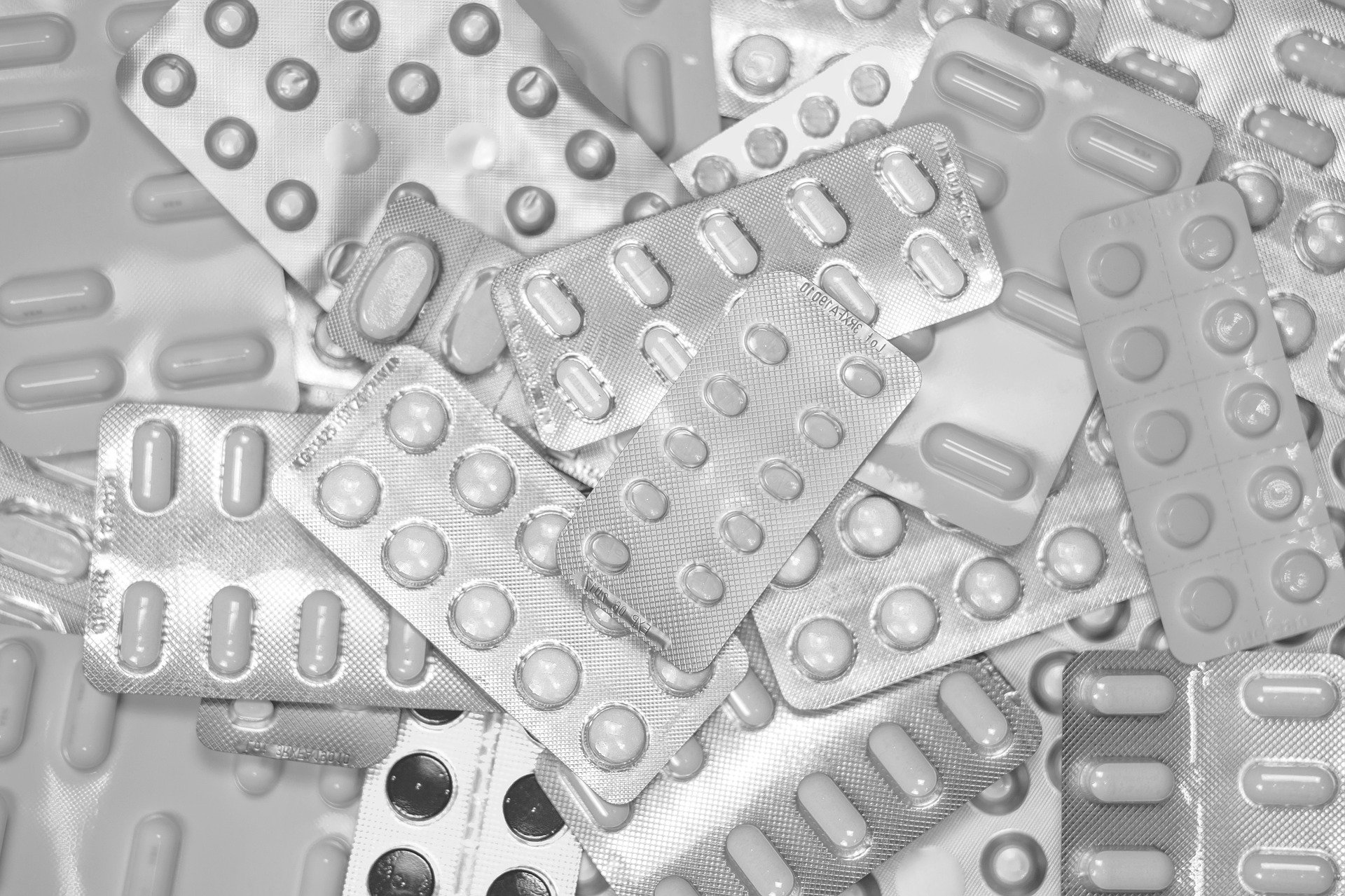Research homes in on paramedics’ packaging needs
 The setting where a bundle is utilized ought to consistently be a thought in packaging plan—and never more so than when the item being referred to is intended for crisis therapeutic consideration in an emergency vehicle or other prehospital setting.
The setting where a bundle is utilized ought to consistently be a thought in packaging plan—and never more so than when the item being referred to is intended for crisis therapeutic consideration in an emergency vehicle or other prehospital setting.
Jiyon Lee, a doctoral applicant in the Michigan State University (MSU) School of Packaging, will dive into that subject in an introduction at Healthcare Packaging Immersion Experience (HcPIE) 2019, to be held Oct. 9-10 at the James B. Henry Center in East Lansing, MI.
At HcPIE, restorative packaging experts and social insurance professionals meet up for a community, dynamic learning experience. The occasion is held at a best in class human services recreation office at MSU, and its objective is to make ideal patient results and improve the medicinal services framework generally speaking. The School of Packaging has HcPIE.
Lee's introduction, entitled "Human Factors Analysis Meets Immersive Simulation—How Context Impacts Behaviors of Healthcare Professionals," draws upon her doctoral work, which spotlights on how setting influences packaging clients in prehospital settings.
She has led an ease of use concentrate to examine how crisis therapeutic administrations (EMS) suppliers connect with packaging in most pessimistic scenario situations during which, for instance, serious vehicular vibration may assume a job or potentially the patient's condition might be basic.
Jiyon likewise has industry involvement with Korea as a packaging engineer. Beneath, she answers Packaging Digest's inquiries regarding the examination behind her HcPIE 2019 introduction.
What is the distinction between a prehospital setting and a perioperative setting?
Lee: The primary contrast between those two settings is that the prehospital setting is more to balance out patients inside a portable vehicle (generally), so it's nearly increasingly dire and riotous, while the perioperative setting is to plan for an activity, so it's relatively quiet.
What sorts of restorative items and packaging are utilized in these settings?
Lee: In the prehospital setting, the kinds of items and packaging are needy upon the licensure level of the emergency vehicle, for example, essential life support (BSL) and propelled life support (ASL), just as the restorative authority of the province. In any case, they don't utilize the careful gadgets that are generally utilized in working rooms.
Intravenous (IV) start packs, IV tubing, IV arrangements, IV catheters, dressing, 4-inch x 4-inch cloth cushions and endotracheal tubes (supposed ET tubes) are the results of enthusiasm for my doctoral work.
How could changes to the restorative packaging utilized in these settings improve human services results?
Lee: According to the aftereffects of my study, 21 % (n=359) and 17% (n=290) of the respondents (n=1,702) to our overview detailed challenges recognizing prescription and restorative gadgets, separately. Additionally, 20% (n=340) and 24% (n=399) of the respondents revealed that they experience issues opening prescription/therapeutic gadgets, individually.
Notwithstanding testing consideration suppliers, this can cause a negative effect on patient consideration; in the study, 6% (n=20)/11% (n=31) and 9% (n=32)/13% (n=51) of respondents detailed that they experience issues distinguishing prescription/therapeutic supplies and opening medicine/restorative supplies, individually. Subsequently, from the outcomes appeared here, in the event that we could improve structure securely and successfully for EMS suppliers, we could lessen the negative effect.
Additionally, I think packaging changes can diminish sterility issues all through the procedure of patient consideration. Methicillin-safe Staphylococcus aureus (MRSA) bacterium has been found on certain territories in ambulances (Rago, Buhs, et al., 2012), and medicinal services staff's hands will in general be the most widely recognized bearer for transmitting microorganisms that reason Hospital Acquired Infection (HAI) (Allegranzi, Nejad, et al., 2017). In this way, regardless of how well the sterile hindrance framework (SBS) is assembled, EMS suppliers and patients could be in danger.
From the review study, 39% of respondents utilize "utilization of teeth" as an adapting system when they experience issues opening restorative gadget packaging. This may prompt extra diseases in EMS suppliers, since they may get/open the bundle with their teeth, utilizing the territory of the bundle that their polluted hands contacted. To lessen this issue, packaging could give one-gave opening so they would not have to utilize their teeth to open bundles.
Your introduction at HcPIE will incorporate the consequences of an emergency vehicle tainting test. How could you play out this test?
Lee: For this test, intimation splash was utilized. The shower is obvious under dark light however undetectable to the unaided eye. We applied this shower to zones where MRSA includes been found inside a rescue vehicle, as indicated by Rago et al. (2012). We needed to see where this simulant (piece of information splash) was moved to. We discovered a few exchanges, for example, close to the reproduced twisted on a mimicked patient and outwardly of packaging or items.
In what ways do mind suppliers in non-clinic settings associate distinctively with medical packaging than their companions who work at medical clinics?
Lee: They resort to utilizing their teeth or sharp instruments (injury shears, pens or blades) to open bundles. Additionally, to recognize bundles, they use electric lamps; change the area of items inside capacity territories, hop sacks or the rescue vehicle; contact/feel the bundle; or utilize a marker on bundles.
Capacity of medicinal items on ambulances is clearly not the same as capacity at an emergency clinic. By what means can bundle plans be changed to more readily meet emergency vehicle stockpiling needs?
